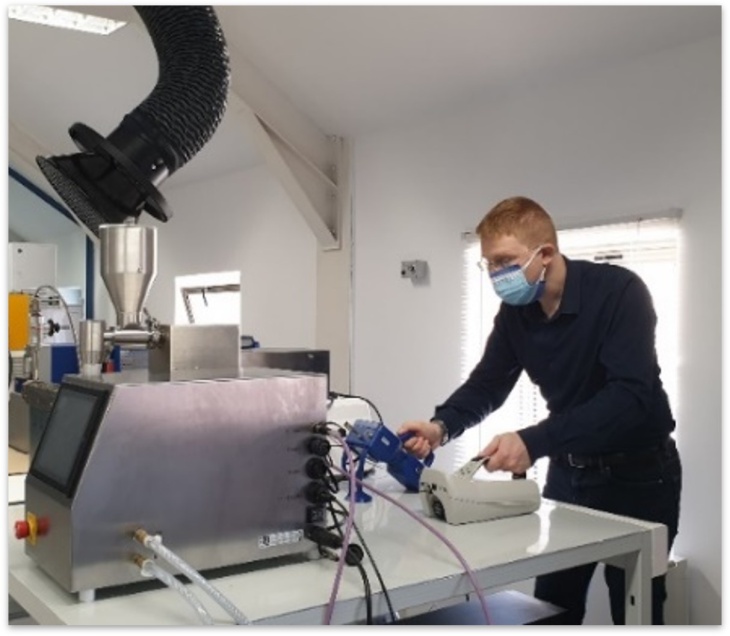
Nanomaterial hazards are affected by many material intrinsic properties (e.g., shape, size, surface charge). Minor changes to these properties may have significant impact on their hazard profile thus hindering the predictability of adverse effects on human health. Computational methods such as QSAR (Quantitative Structure–Activity Relationship) appear promising but require a great amount of reliable toxicity data; however, developments are already ongoing regarding statistics/prediction models, ontology/architecture for big data analysis and significant annotation and terminology work. Inefficiency of data sharing after data generation in various laboratories, indicates a need for more support in collecting and depositing data into public databases. Consequently, each database should offer more user-friendly tools to encourage data sharing. Additionally, literature data mining could be an effective method to gather and analyse nanotechnology-related data.
Our goal is to review and aggregate available nanosafety inventories and provide an integrated and accessible solution for the risk and safety characterisation of nanomaterials. Through this approach, manufacturers, providers, and end users will be able to select desired or proxy nanomaterials allowing them to attain all risk and safety information relevant to their products. A DMPP (Digital Material and Product Passport) for nanomaterials would allow significant input on the potential risks and safety precautionary actions that should be considered in various applications.
